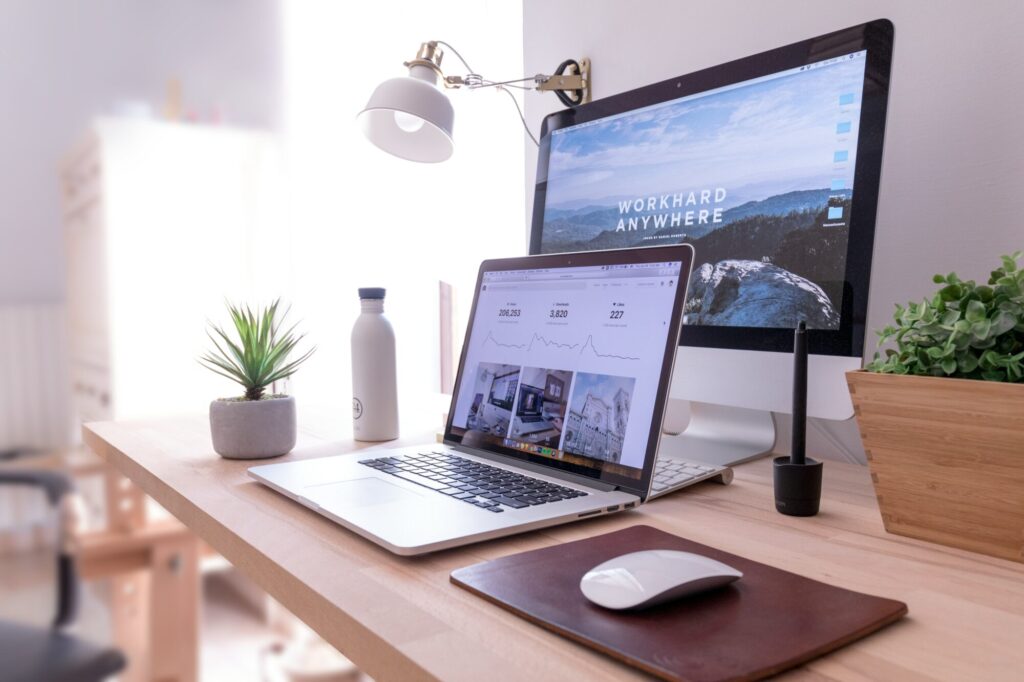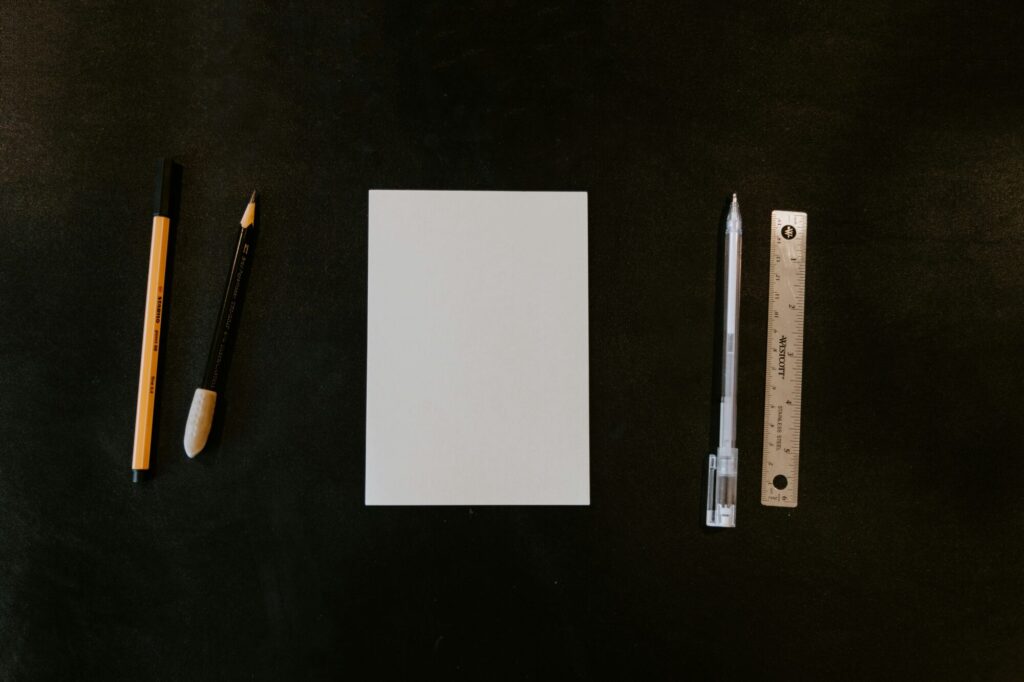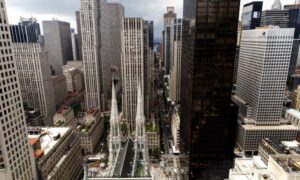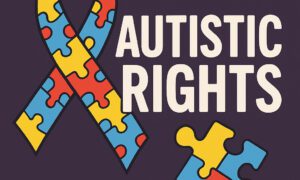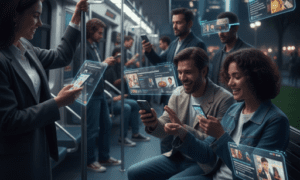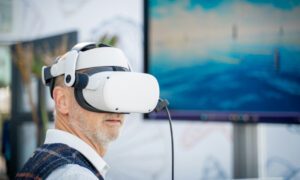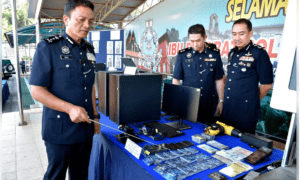Polish-born, New York-based designer Paulina Raczkowska has built a career on the principles of empathy, cultural awareness, and a steadfast commitment to social impact. Her journey, spanning continents and diverse creative disciplines, underscores the power of design as a catalyst for positive change. From her early studies in interior and stage design at the Eugeniusz Geppert Academy of Art and Design in Wroclaw, Poland, and subsequent studies in Valencia, Spain, to her current work at the intersection of branding, social justice, and women’s empowerment, Raczkowska exemplifies a holistic approach to design that prioritizes human connection and ethical considerations.
After completing her education, Raczkowska moved to Berlin, where she gained invaluable experience in creative direction at leading companies such as Viacom, Rocket Internet, SinnerShrader (now Accenture), and Highsnobiety. Collaborations with major brands like Henkel, Signal Iduna, CoteetCiel, Beets & Roots, and Match Group further solidified her visual language and honed her storytelling skills. However, it was her decision to live and work across the globe – immersing herself in the cultures of Mexico, Kenya, Brazil, South Africa, and the Dominican Republic – that truly transformed her approach to design.
“Spending nearly a decade immersed in vastly different cultures taught me to design with context, compassion, and a global consciousness,” Raczkowska explains. “I came to understand that good design goes far beyond aesthetics; it requires a deep understanding of cultural heritage.” This realization fueled her passion for projects focused on issues of women’s health, safety, and empowerment.
In New York City, she joined Ahoy Studio, a women-founded design agency specializing in branding and creative development for non-profit organizations and mission-driven enterprises. Ahoy’s commitment to environmental protection, social justice, peace and security, gender equity, education, and cultural exchange resonated deeply with Raczkowska’s values. Simultaneously, she began collaborating with Dames New York, a women’s brand focused on mental health, safety, and empowerment. Through photography and creative direction, she helped the brand cultivate a visual identity that empowers women to feel safe, beautiful, and strong.
Looking ahead, Raczkowska is set to be a co-founder of a creative production studio alongside fashion designer Katlyn O’Malley and members of the Lower East Side community. This initiative will focus on creating socially responsible content, spotlighting sustainability, women’s rights, and equity within the fashion and media industries. The studio aims to disrupt industry norms by embedding respect, inclusivity, and ethics into every project.
So, what tools and technologies does this globally minded designer rely on to bring her vision to life? Here, Raczkowska shares her essential toolkit and insights into how technology can be leveraged for impactful design.
The Essential Toolkit: From Analog to Adobe
When it comes to her core software, Raczkowska remains a proponent of the industry standards. “My essentials are probably no surprise: Adobe Creative Suite is still my go-to, especially InDesign, Photoshop, and Illustrator for layout, retouching, and identity design.” She also highlights the importance of collaborative platforms like Figma for digital projects. “I use Figma a lot for collaborative digital projects — it’s intuitive, cloud-based, and perfect for real-time team edits across cities and time zones.” For video editing, Adobe Premiere Pro remains her favorite, and Lightroom provides the necessary control for her photography work, especially when working with natural light.
However, despite her reliance on digital tools, Raczkowska emphasizes the importance of analog methods. “Yes, always. I still start every project with a notebook — sketching layouts, mind-mapping ideas, or just scribbling notes from conversations. There’s something about the slowness and imperfection of handwriting that unlocks a different part of the creative process for me.” She also values printed mood boards and physical mockups for developing brand worlds and set designs. “It grounds the work in reality before it moves to screen,” she explains.
Game-Changing Tech for Collaborative Design
Raczkowska identifies Figma as a “game-changer” for cross-continental, collaborative projects. She cites a campaign for Plenty of Fish, a large-scale, multi-channel rebrand and platform refresh, as a prime example. “I was part of an international team working simultaneously from different parts of the world, and we never actually met in person.” The entire design process, from concepts to prototypes, happened seamlessly through Figma, demonstrating the importance of real-time, cloud-based tools in modern design workflows.
Another project where technology made a significant difference was the Beets & Roots website and app redesign. “It was a fully remote collaboration, with multiple designers, developers, and brand strategists working together,” Raczkowska recalls. “Figma allowed us to align on brand visuals, UI components, and interactive prototypes without delays. The result was a clean, engaging digital platform that reflected the brand’s energy and values, built entirely through remote teamwork.”
Streamlining the Workflow
To manage the complexities of her diverse projects, Raczkowska relies on a suite of tools to streamline her workday. “Monday.com is my brain outside my brain — it keeps track of projects, deadlines, references, and notes in one place.” She also utilizes Miro for remote brainstorming and digital mood boards, and Slack for communication with collaborators across different locations. And, of course, “a good pair of noise-canceling headphones for when it’s time to block out the world and get into flow.”
Her laptop of choice is the MacBook Pro M3 Max (16-inch), which she describes as “the best I’ve ever used.” She praises its processing power for handling demanding Adobe projects, After Effects renders, and multi-layered files without crashes. “The screen resolution is gorgeous for color grading, and the battery life has saved me countless on-location shoots and travel days. It just works — which is exactly what you need when juggling multiple projects and deadlines.”
Experimenting with AI: Ethical and Intentional Use
Raczkowska is currently exploring Runway for AI-assisted video editing and concept visualization. However, she emphasizes a cautious and ethical approach to AI. “I’m quite careful with how I use AI in my workflow — I don’t generate content from scratch because I believe that’s a dangerous route that risks taking work away from real creators and often lacks transparency around intellectual property and authorship.” Instead, she uses AI selectively for small, repetitive edits, background clean-ups, or to quickly test a visual concept’s mood and feel. “When applied intentionally and ethically, it can speed up the technical side of projects, allowing more time for meaningful, human-led creative direction.”
The Unexpected Power of 3D Design Tools
Spline, a browser-based 3D design tool, has been a pleasant surprise for Raczkowska. “It’s a browser-based 3D design tool that feels incredibly accessible compared to traditional 3D software.” She recounts how her team initially used it for a quick mockup and ultimately incorporated it into a full interactive campaign concept for an awards show event. “It’s intuitive, clean, and makes 3D design feel much less intimidating for someone who isn’t a full-time 3D artist — while still delivering polished, engaging results.”
Specifically, Spline was used to develop interactive 3D graphic elements for the Vilcek Foundation Awards Event. “The project involved creating simple, yet visually striking animated cubes integrated with custom typography,” Raczkowska explains. “Even though the concept was minimal — a single 3D shape animated with type — the results were incredibly effective, adding an immersive, dynamic layer to the event’s digital identity.” This project demonstrates how accessible tools like Spline can unlock visually impactful outcomes without the complexity of traditional 3D software.
Paulina Raczkowska’s career trajectory showcases the transformative potential of design when guided by empathy, cultural sensitivity, and a commitment to social responsibility. Her insight into the tools and technologies that empower her work offer valuable lessons for designers seeking to create a better world, one project at a time.
Images courtesy of Unsplash.




